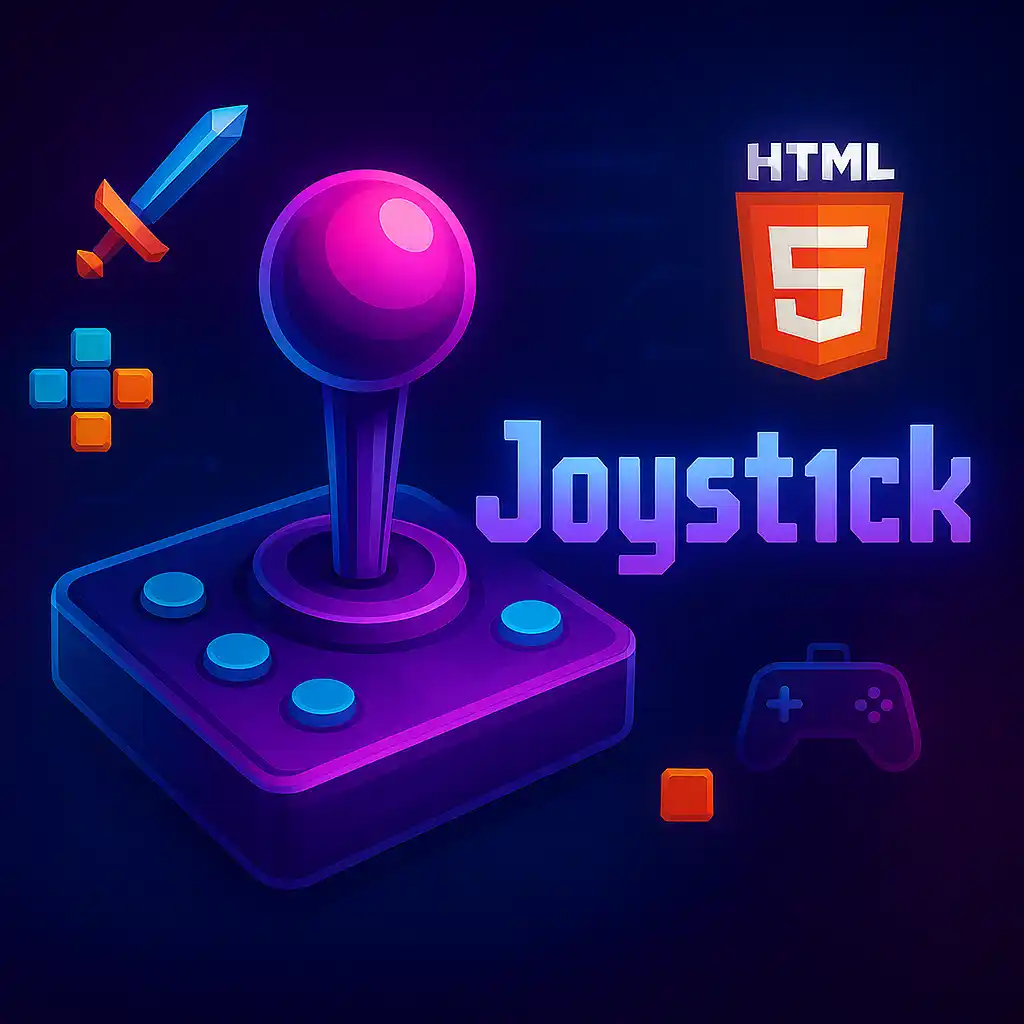Table of Contents
Key Mechanics for Engaging Platformer Games
Designing an engaging platformer game requires careful consideration of various game mechanics. Here we explore some essential elements:
1. Responsive Controls
Players must feel in control. Implement precise and responsive controls to ensure accurate movement and jumping mechanics. This can involve optimizing input detection and minimizing input lag. Consider using input action maps that offer players a customizable experience.
Play free games on Playgama.com
2. Level Design and Progression
Levels should be designed to gradually increase in complexity, introducing new challenges and mechanics. Utilize themes and narrative elements to maintain player interest. Implement checkpoints to prevent frustration from repeated failures. Consider vocabulary from platforms like Unity’s Tilemap system for efficient level creation.
3. Player Feedback
Providing immediate feedback is crucial. Use sound effects for jumps, landings, and collisions. Visual effects for successful actions enhance player satisfaction. Consider haptic feedback if the platform supports it. Ensure that these elements are consistent with the game’s aesthetic and theme.
4. Character Abilities and Mechanics
Diverse abilities like double jumps, wall climbs, or dashes add depth to gameplay. Ensure that each new ability feels rewarding and opens up new strategies for overcoming obstacles. Integrate mechanics that encourage exploration and mastery of player skills.
5. Dynamic Difficulty Adjustment
Implement systems that adapt the game’s difficulty based on player performance to keep the player engaged. This can be achieved using player analytics data to adjust enemy behavior or alter environmental challenges dynamically.
6. Engaging Art and Sound Design
Create an immersive experience with art and sound. Use cohesive visual styles and music to enhance storytelling and mood. Consider procedural generation techniques for dynamic environments, enabling varied experiences each session.
7. Reward Systems
Incorporate visible rewards such as collectibles, unlocking new content, or cosmetic customization options to incentivize progression. Strive for balance to enhance player motivation without overshadowing core gameplay.
By considering these key mechanics, developers can craft platformer games that not only attract attention but also hold player interest through engaging and varied gameplay experiences.
